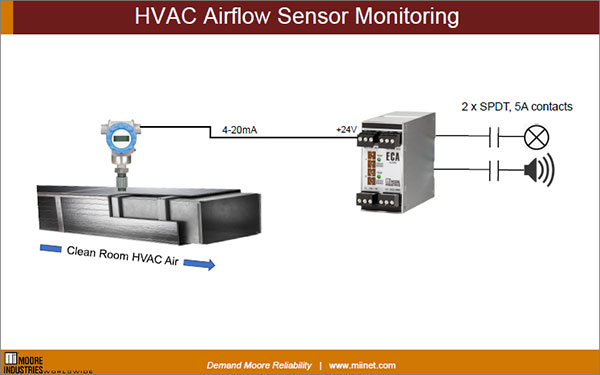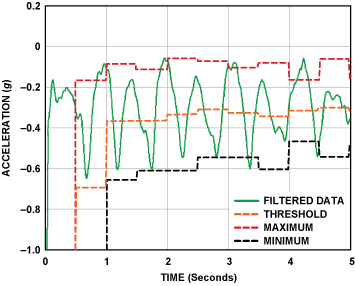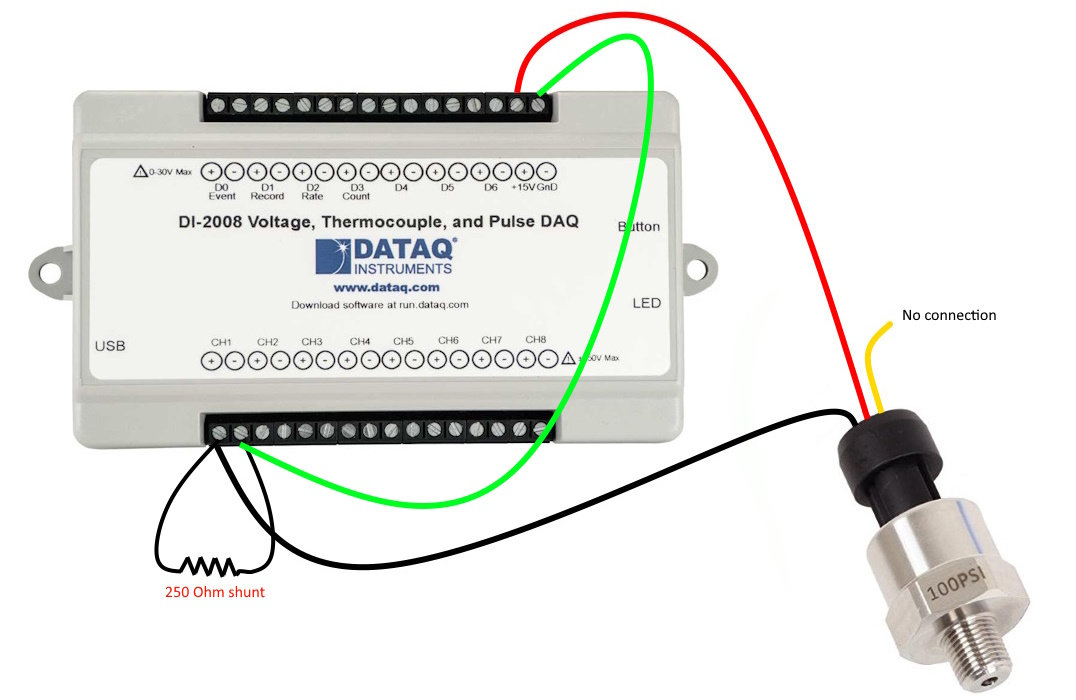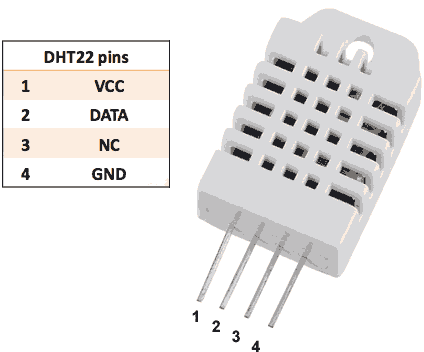How to Use an Airflow Sensor for HVAC Monitoring
Keeping your HVAC system running efficiently is essential for maintaining a comfortable environment in your home or office. One way to ensure your HVAC system is working at its best is by using an airflow sensor for monitoring. In this article, we will discuss how to use an airflow sensor for HVAC monitoring effectively.
What is an Airflow Sensor?
An airflow sensor is a device that measures the flow of air in an HVAC system. It can help you monitor the performance of your heating, ventilation, and air conditioning system by providing real-time data on the amount of air flowing through the ducts. This information can help you identify any issues with your HVAC system and take corrective action before they become significant problems.
How to Install an Airflow Sensor
Installing an airflow sensor in your HVAC system is relatively straightforward. You will need to locate a suitable spot in your ductwork where you can mount the sensor. Once you have found the right location, you can connect the sensor to your HVAC system’s control panel using the appropriate wiring.
Make sure to follow the manufacturer’s instructions carefully when installing the airflow sensor to ensure it works correctly. Some sensors may require calibration before use, so be sure to check the user manual for guidance on this process.
How to Use an Airflow Sensor for HVAC Monitoring
Once you have installed the airflow sensor in your HVAC system, you can start using it for monitoring purposes. Most airflow sensors come with software that allows you to track the airflow in real-time and receive alerts if there are any issues with the flow of air in your system.
It is essential to regularly check the data collected by the airflow sensor to ensure your HVAC system is running efficiently. By monitoring the airflow, you can identify any clogs or obstructions in your ductwork that may be affecting the performance of your system.
Benefits of Using an Airflow Sensor
There are many benefits to using an airflow sensor for HVAC monitoring. Some of the key advantages include:
- Improved energy efficiency: By monitoring the airflow in your HVAC system, you can optimize its performance and reduce energy waste.
- Early detection of issues: An airflow sensor can help you identify potential problems with your HVAC system before they escalate.
- Enhanced comfort: Maintaining proper airflow in your home or office can help create a more comfortable environment.
Conclusion
Using an airflow sensor for HVAC monitoring is an effective way to ensure your system is running efficiently and to catch any issues before they become major problems. By installing an airflow sensor and regularly monitoring the airflow in your HVAC system, you can improve energy efficiency, enhance comfort, and prolong the life of your HVAC system.
How to Use an Airflow Sensor for HVAC Monitoring
Keeping your HVAC system running efficiently is essential for maintaining a comfortable environment in your home or office. One way to ensure your HVAC system is working at its best is by using an airflow sensor for monitoring. In this article, we will discuss how to use an airflow sensor for HVAC monitoring effectively.
What is an Airflow Sensor?
An airflow sensor is a device that measures the flow of air in an HVAC system. It can help you monitor the performance of your heating, ventilation, and air conditioning system by providing real-time data on the amount of air flowing through the ducts. This information can help you identify any issues with your HVAC system and take corrective action before they become significant problems.
How to Install an Airflow Sensor
Installing an airflow sensor in your HVAC system is relatively straightforward. You will need to locate a suitable spot in your ductwork where you can mount the sensor. Once you have found the right location, you can connect the sensor to your HVAC system’s control panel using the appropriate wiring.
Make sure to follow the manufacturer’s instructions carefully when installing the airflow sensor to ensure it works correctly. Some sensors may require calibration before use, so be sure to check the user manual for guidance on this process.
How to Use an Airflow Sensor for HVAC Monitoring
Once you have installed the airflow sensor in your HVAC system, you can start using it for monitoring purposes. Most airflow sensors come with software that allows you to track the airflow in real-time and receive alerts if there are any issues with the flow of air in your system.
It is essential to regularly check the data collected by the airflow sensor to ensure your HVAC system is running efficiently. By monitoring the airflow, you can identify any clogs or obstructions in your ductwork that may be affecting the performance of your system.
Benefits of Using an Airflow Sensor
There are many benefits to using an airflow sensor for HVAC monitoring. Some of the key advantages include:
- Improved energy efficiency: By monitoring the airflow in your HVAC system, you can optimize its performance and reduce energy waste.
- Early detection of issues: An airflow sensor can help you identify potential problems with your HVAC system before they escalate.
- Enhanced comfort: Maintaining proper airflow in your home or office can help create a more comfortable environment.
Conclusion
Using an airflow sensor for HVAC monitoring is an effective way to ensure your system is running efficiently and to catch any issues before they become major problems. By installing an airflow sensor and regularly monitoring the airflow in your HVAC system, you can improve energy efficiency, enhance comfort, and prolong the life of your HVAC system.



